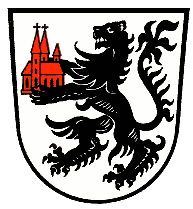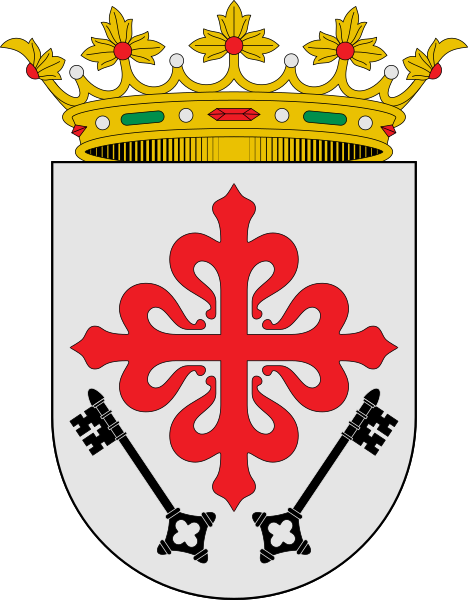
Earl of Huntingdon 1232-1237 (1207-1237)
From p43 of Lacies Nobilitie by Sir John Ferne (1586)
Blazon: Argent three garbs within a tresseure fleury counter-fleury gules
“For that he was created Earl of Chester by H[enry] III… he assumed these three Garbes: and so in the substance of the charge of his coate, he did imitate the
ensignes of his mother: but in the cullors, and also in the double trassure, he represented the coat of Galloway, being the Armes of his father, and all this in one Sheeld.” (65-66)
(I cannot confirm via other sources that these arms were used by John of Scotland, but honestly, they should’ve been. They’re a nice visual combination of his title and heritage, and garbs gules aren’t very common.)






